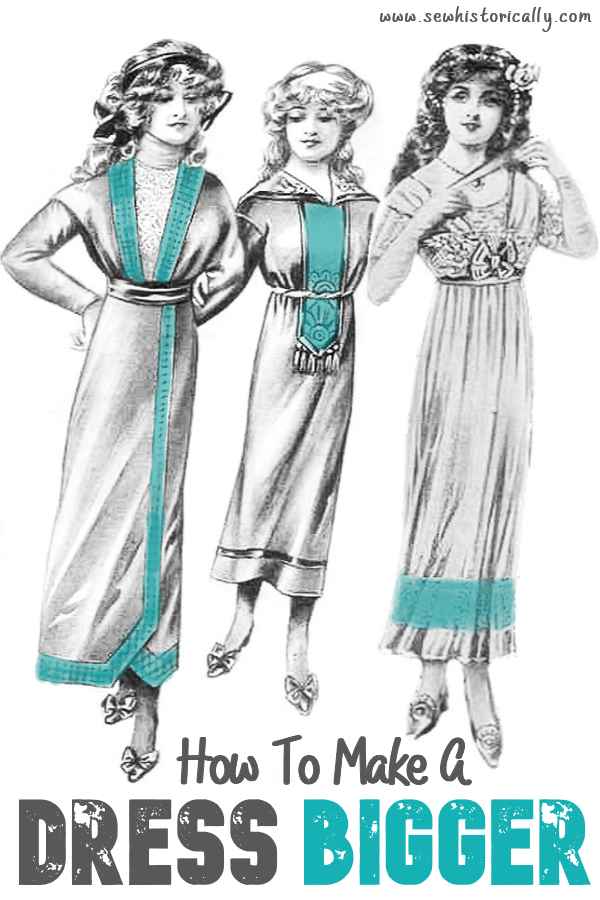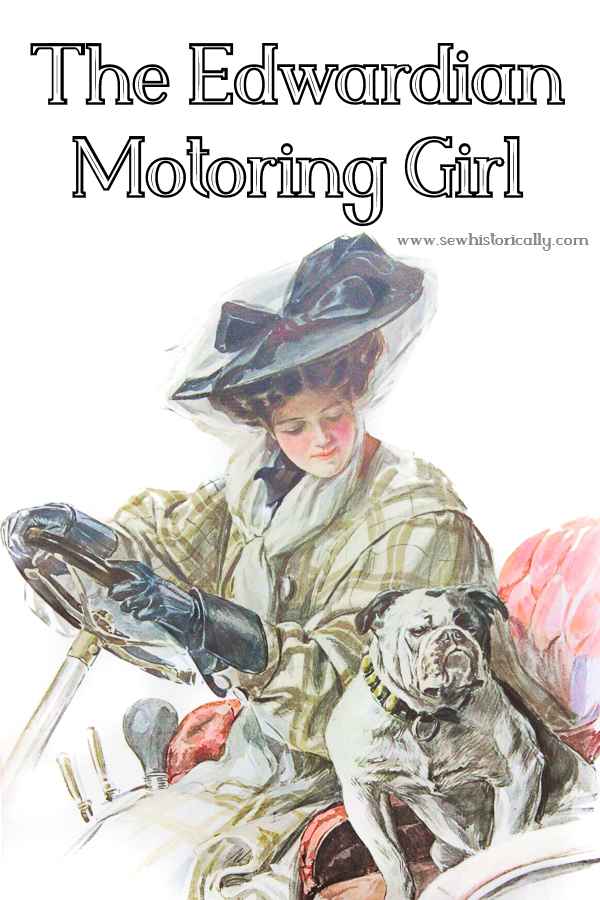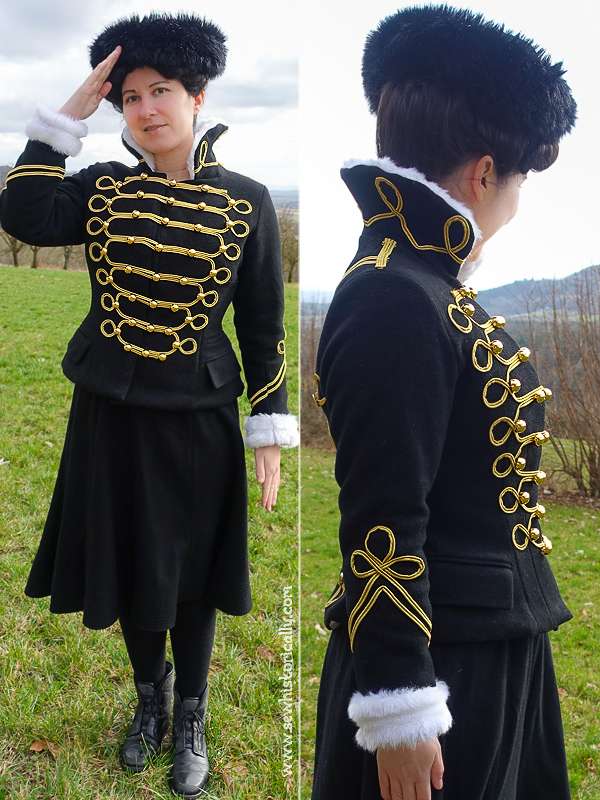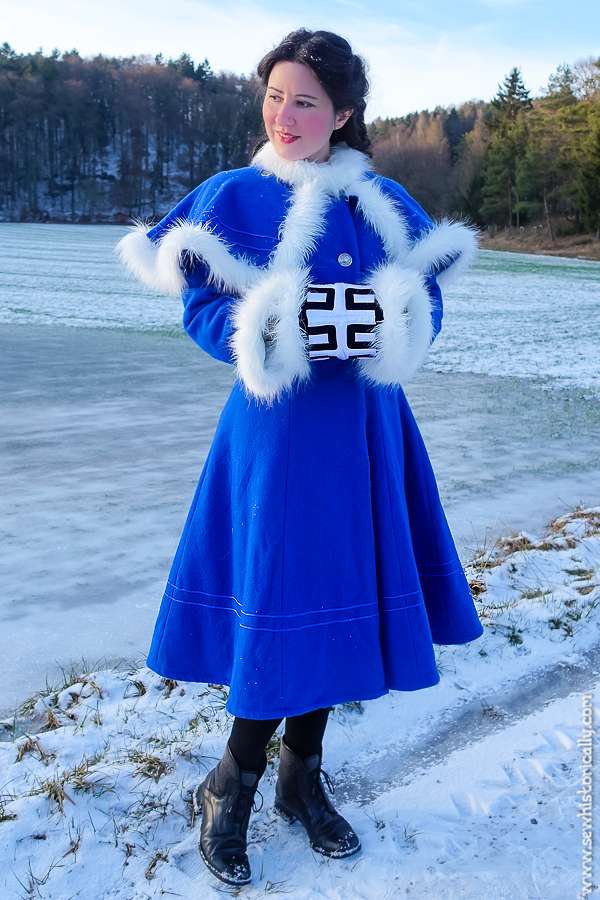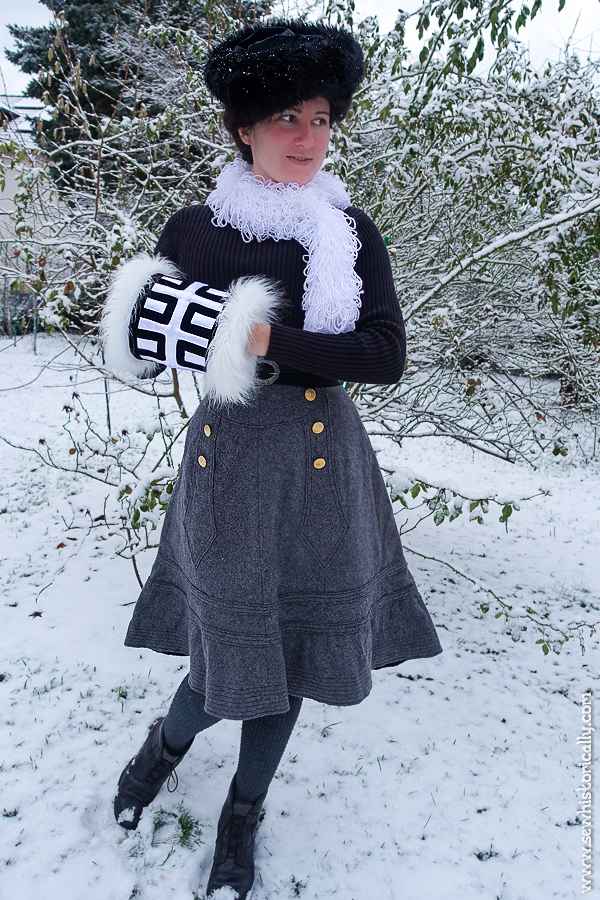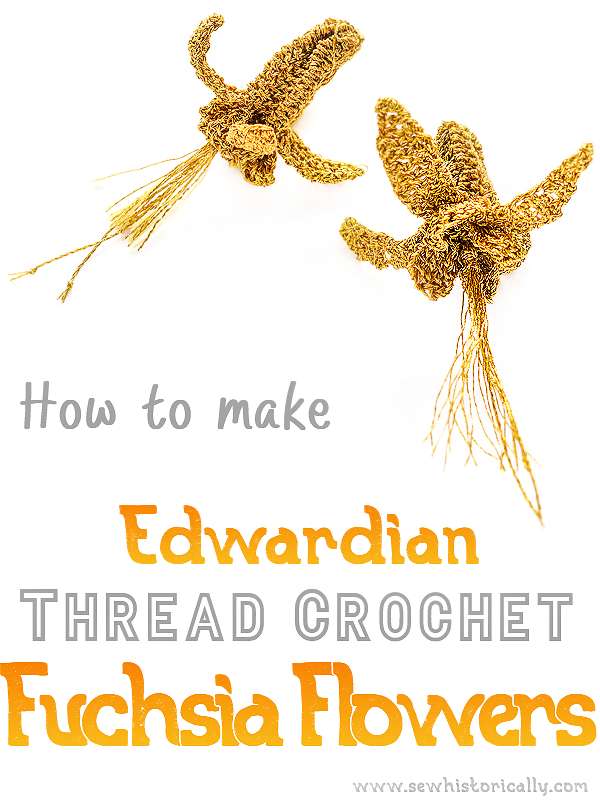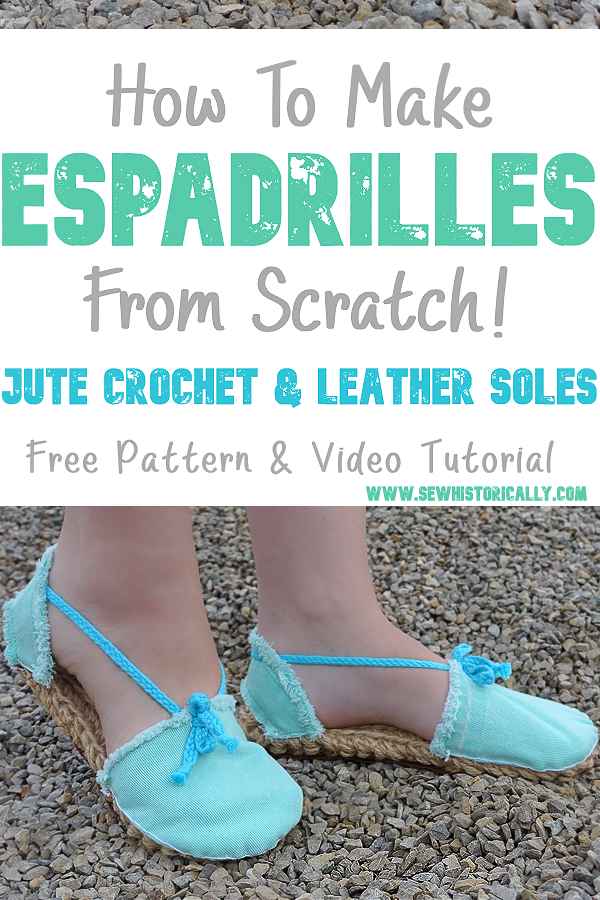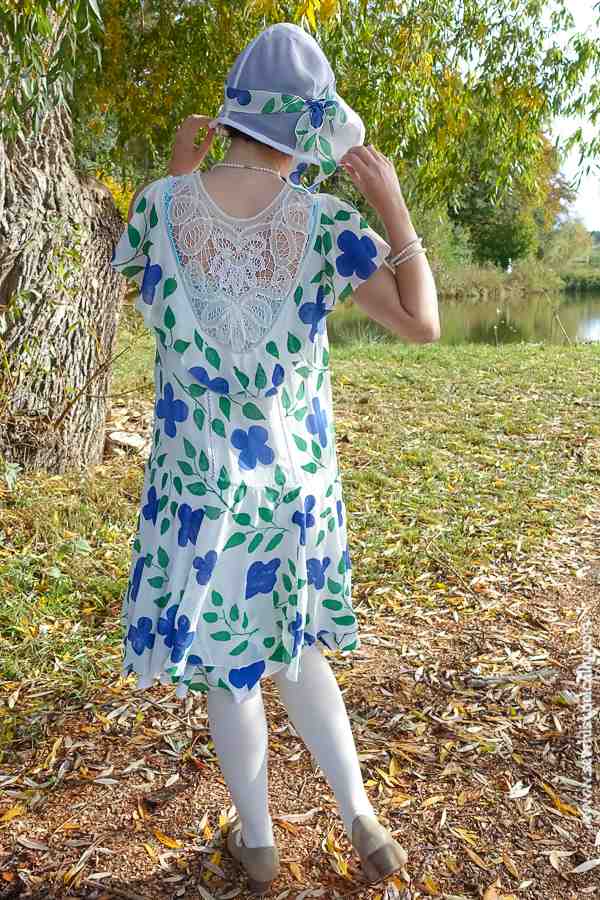Learn how to darn and mend your clothes like in the Edwardian era! 50+ tips on how to darn, mend, patch and refashion your clothes.
In the Edwardian era, clothing and household items were repaired, mended, patched, darned or refashioned into something useful rather than being thrown away as is often done today. There were tutorials on how to fix everything: Learn how to fix a ripped seam, how to mend a tear and how to sew on a patch, how to darn a hole in sweaters and socks, how to reinforce areas of stress before you even wear your new clothes, and how to upcycle and refashion your torn and worn clothing. Continue reading 50 Tips On How To Darn & Mend Your Clothes – Historical Sewing
